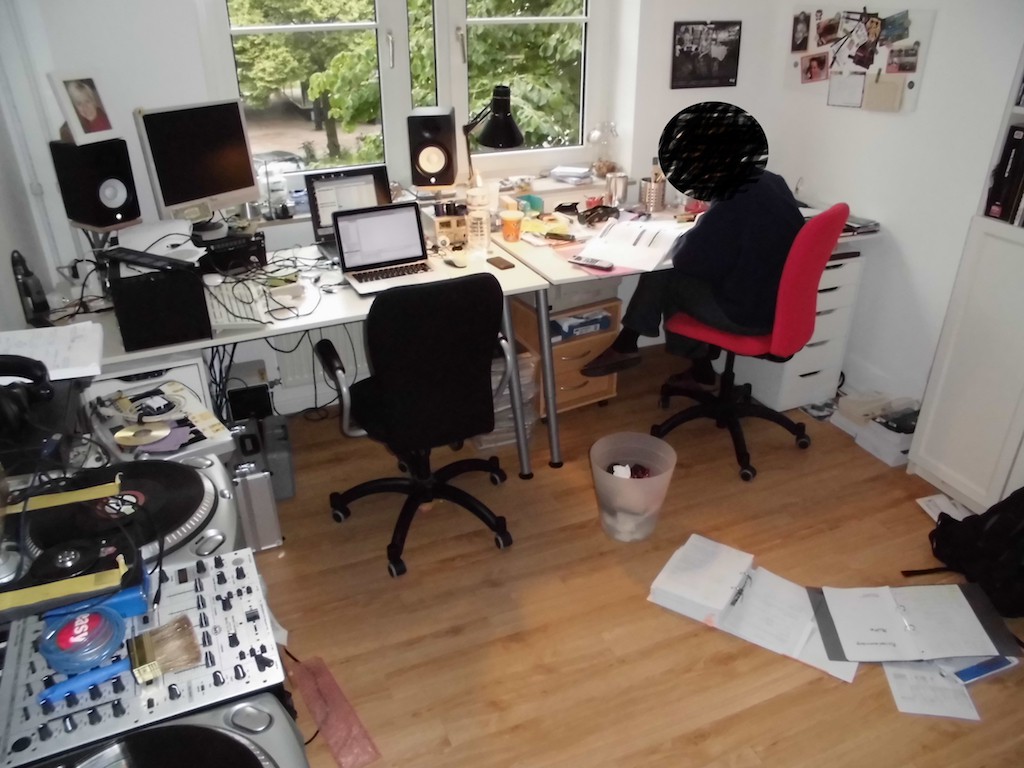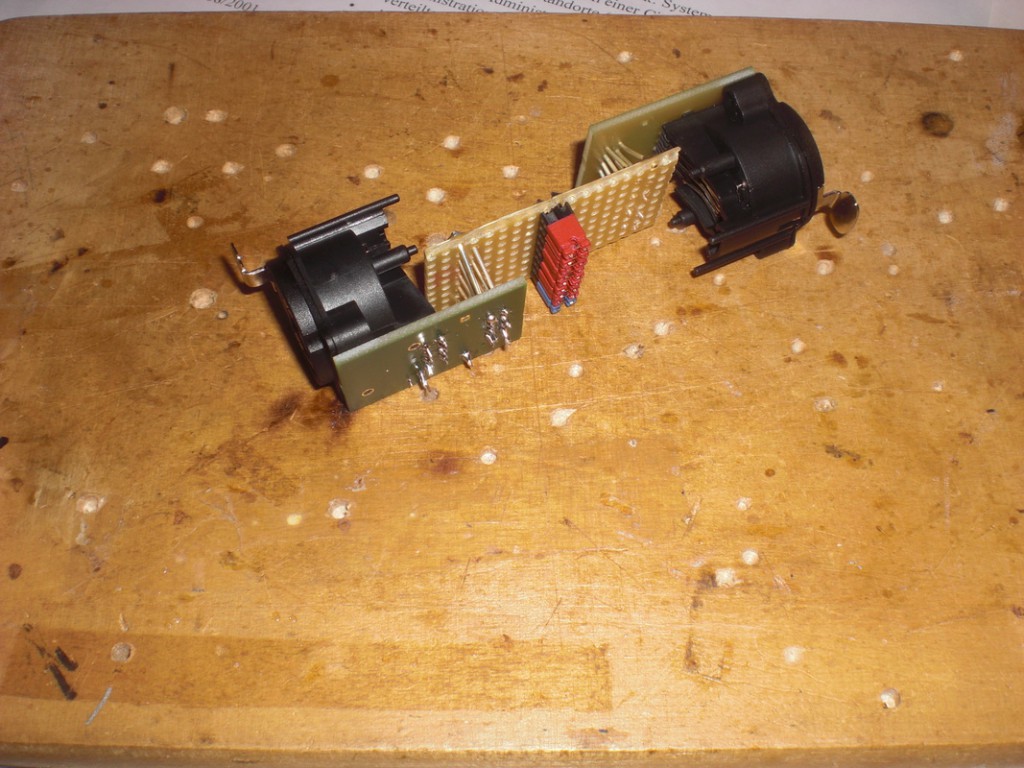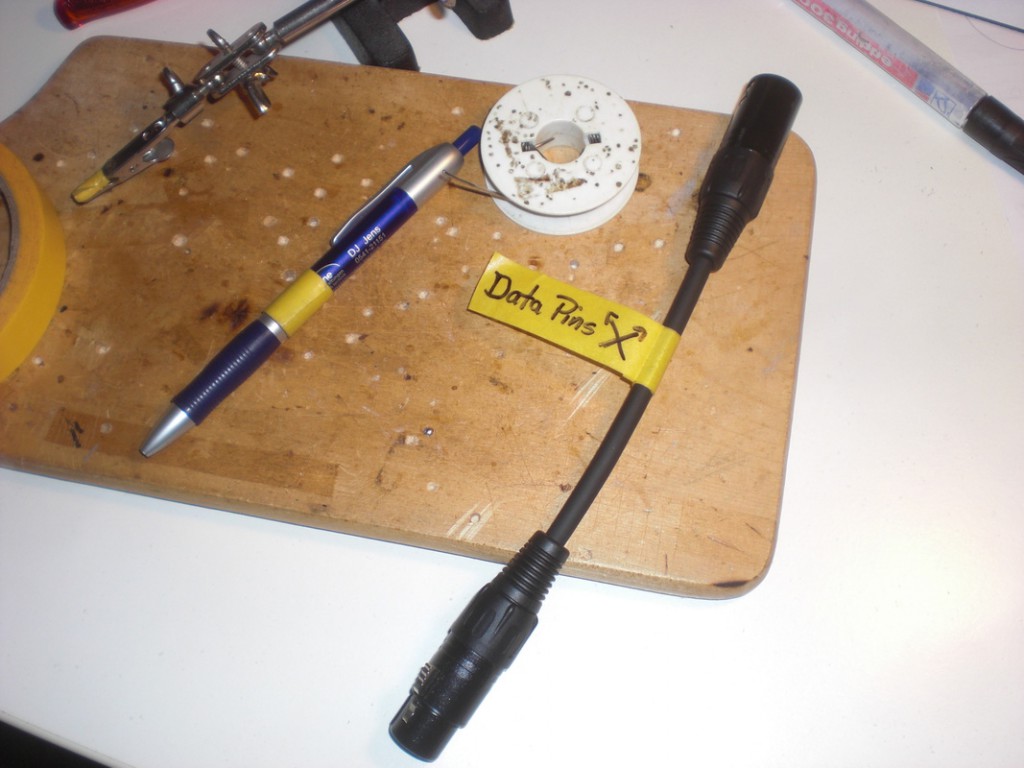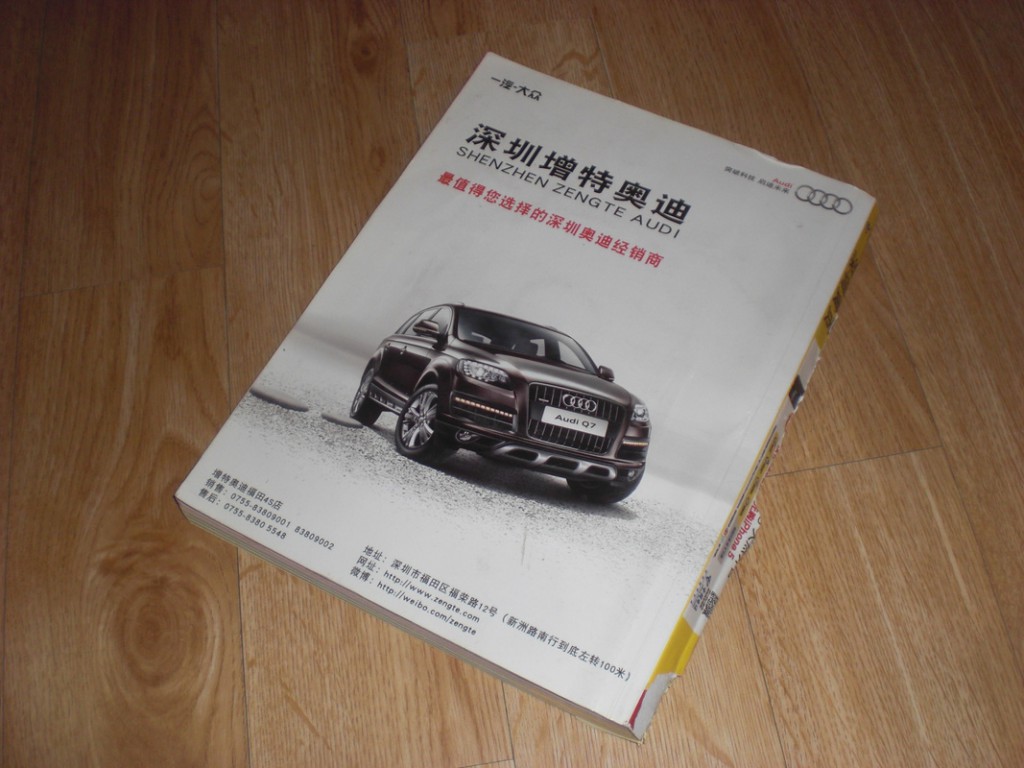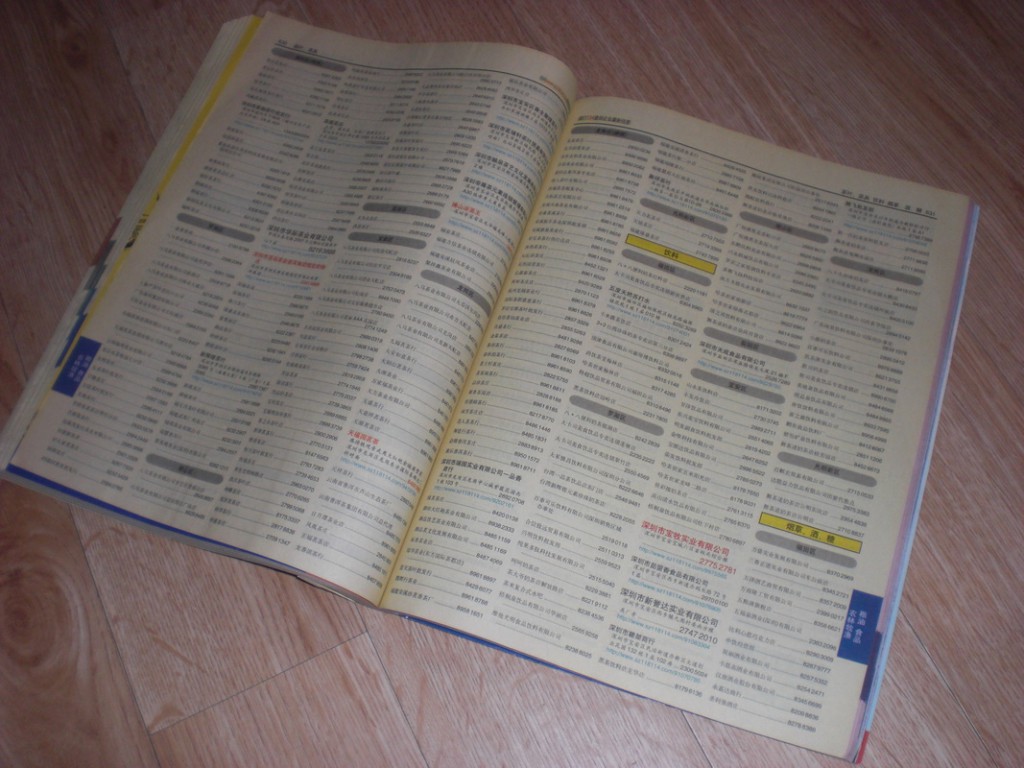Ich hatte mal einige Windows Tablets zuhause, die ich für verschiedene Installationen vorbereitet habe. Die Geräte sollen dazu eingesetzt werden, $Irgendwas$ mit Netzwerk zu machen. Wenn der Kunde unbedingt ein Tablet haben will, man aber verlässliches Netzwerk benötigt, auch wenn 400 Smartphones gleichzeitig in Reichweite sind (Überraschung… Gastro), dann kommt man nicht um kabelgebundenes Netzwerk herum.
Kein Problem. Micro-USB-auf-USB-Adapter, USB-Ethernet, Heidewitzka, läuft bei uns. Bandbreite ist kein Thema, funktionieren muss es! Doof nur, wenn das Plastikgehäuse beim Billig-Tablet so dick ist, dass der USB-Adapter immer wieder herausfällt. Spaltmaß of Doom. Essig ist’s mit zuverlässigem Betrieb.

Continue reading →
